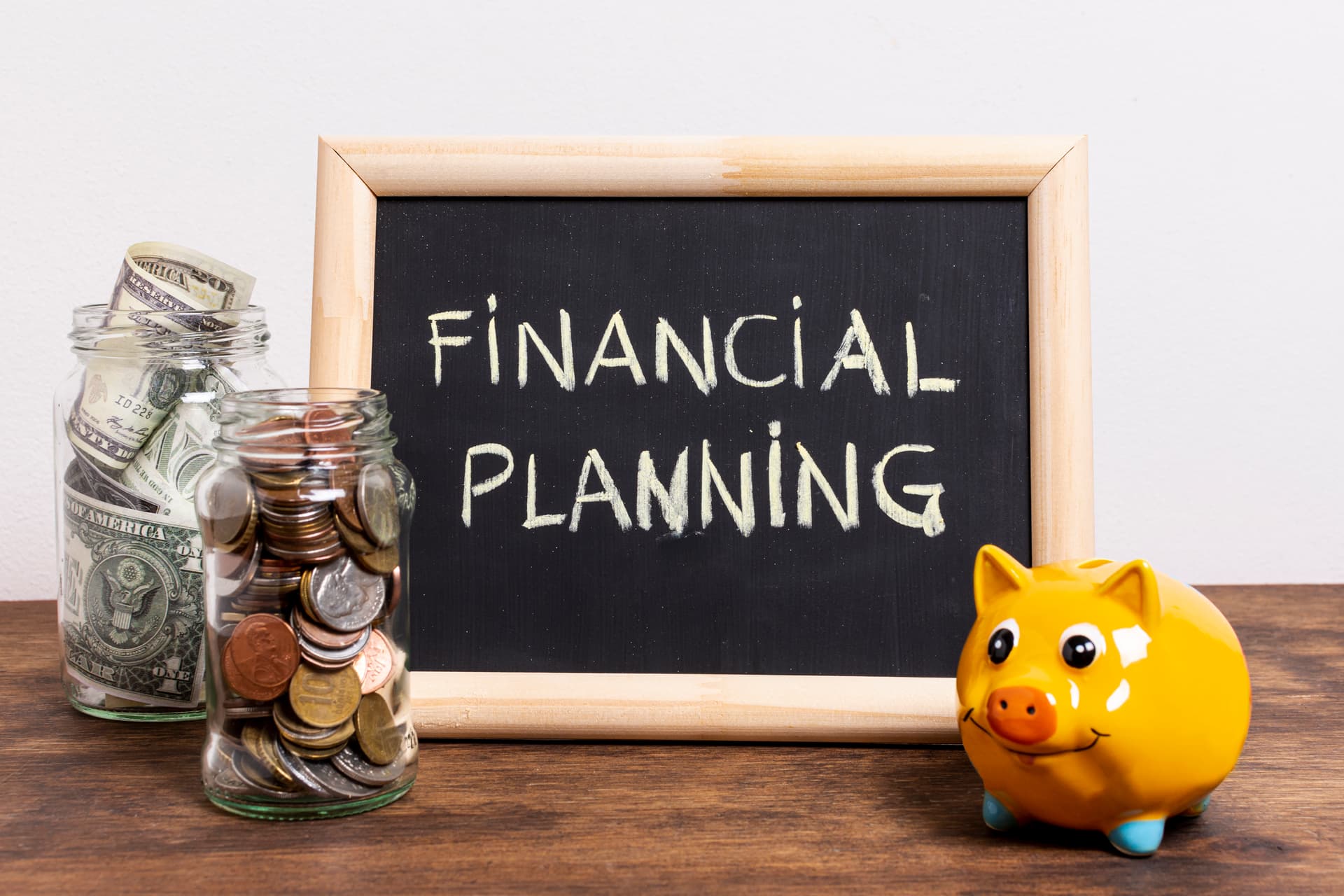I Trained My Brain to Stop Wasting Money (No Budget Apps, Just Psychology)

I used to waste money without realizing it — on snacks, subscriptions, and pointless stuff. But once I rewired my brain using simple psychology, I finally took control Rector of my spending — without using a single budgeting app.
I Was Bleeding Money Without Knowing It — Here’s How I Took Control Using Just My Mind
I’ll never forget the moment I realized I was broke. Not broke broke, but the kind of broke where you check your bank account and feel your stomach drop. It was a rainy Tuesday in March, and I was sitting in my car outside a coffee shop, scrolling through my banking app. My balance was $47.32. I had just gotten paid the week before. Where did it all go?
I wasn’t living extravagantly. I didn’t have a closet full of designer clothes or a fancy car. But every day, I was bleeding money in ways I didn’t even notice. A $4 latte here, a $12 takeout order there, an Amazon cart I “just looked at” that somehow ended up at my doorstep. I had seven subscriptions—Netflix, Spotify, a gym I hadn’t been to in months, and some random app I didn’t even remember signing up for. I thought I had an income problem. I kept telling myself, “If I just made more money, I’d be fine.” But the truth? I had a brain problem.
This isn’t a story about budgeting apps or spreadsheets. I tried those, and they didn’t work for me. They felt like shackles, not solutions. Instead, this is about how I rewired my mind to stop wasting money—using nothing but psychology, a notebook, and a stubborn refusal to keep living paycheck to paycheck. If I could do it, so can you.
Recognizing the Invisible Leaks
The wake-up call came when I got hit with an overdraft fee. I’d swiped my card for a $9 smoothie without checking my balance, and the next day, my bank sent me a polite little notification: “Insufficient funds. $35 fee applied.” I was furious—at the bank, at myself, at the universe. How did I let this happen? I sat down with a cheap cup of instant coffee (no more $4 lattes for me) and forced myself to look at my spending.
The numbers were brutal. I was spending $20 a week on coffee—$80 a month just to feel caffeinated. My Amazon account showed a steady stream of purchases: a $15 phone case, a $22 candle, a $30 gadget I’d used exactly once. I had seven subscriptions costing me $89 a month, and I wasn’t even using half of them. Then there were the impulse buys: a $10 snack run at the gas station, a $25 shirt I bought because it was on sale, a $40 dinner with friends I couldn’t really afford. According to a 2023 study by Slickdeals, the average American spends $314 a month on impulse purchases. I was right on track, and it made me sick.
What hurt more than the numbers was the guilt. Every purchase felt like a tiny betrayal of my future self. I’d buy something to feel better—stress from work, boredom on a Sunday afternoon, or just wanting to keep up with friends who seemed to have it all together. But the high never lasted. The coffee was gone in 20 minutes, the Amazon package lost its shine by the next day, and I was still stuck in the same cycle.
Understanding the Psychology of Why We Overspend
I started digging into why I couldn’t stop spending. It wasn’t about being “bad with money” or lacking willpower. It was about my brain. James Clear, the author of Atomic Habits, says, “You do not rise to the level of your goals. You fall to the level of your systems.” My system was broken. Every time I swiped my card, I was chasing a dopamine hit—the little rush of instant gratification that comes with buying something new. Psychologists call it “retail therapy,” but it’s more like retail anesthesia. Swiping my card numbed the stress, the boredom, the feeling of not being enough. But the numbness wore off, and I’d swipe again.
Behavioral finance experts explain that spending is often an unconscious habit loop: cue, routine, reward. The cue might be a bad day at work or scrolling Instagram and seeing someone’s perfect life. The routine is pulling out your card. The reward is the fleeting thrill of something new. The problem isn’t stupidity—it’s that these loops run on autopilot. I wasn’t choosing to waste money; I was just following a script my brain had written years ago.
To break the cycle, I needed to rewrite the script. No apps, no trackers, no complicated budgets. Just psychology and a willingness to face myself. If you’re curious about how the wealthy approach spending differently, I wrote about it here.
The 5 Brain Rewiring Tricks That Actually Worked
I didn’t fix my spending overnight. It was messy, and I slipped up plenty. But these five psychological tricks changed everything. They’re not about deprivation or guilt—they’re about training your brain to make better choices without feeling like you’re missing out.
1. The 72-Hour Rule
The first trick was simple but brutal: I stopped buying anything non-essential for 72 hours. If I wanted a new pair of shoes or a fancy coffee, I had to wait three days before deciding. At first, it felt like torture. My brain screamed, “But I need this now!” But something magical happened during those three days. The urge faded. The shiny thing I thought I couldn’t live without? I barely remembered it by day three.
This rule works because it interrupts the dopamine loop. Instead of chasing instant gratification, you teach your brain to delay it. Most of the time, I didn’t even want the thing anymore. In the first month, I avoided $200 in impulse buys just by waiting.
2. Spend Tracking = Emotional Awareness, Not Budgeting
I didn’t use a budgeting app—they stressed me out. Instead, I grabbed a cheap notebook and started writing down every purchase. Not just the amount, but how I felt before and after. Bought a $10 sandwich? I’d write: “Felt stressed at work, wanted a treat. Felt guilty afterward.” Ordered a $30 hoodie online? “Bored on Saturday, scrolling Amazon. Regretted it when it arrived.”
This wasn’t about crunching numbers. It was about seeing the emotional patterns. I realized most of my spending came from stress or boredom, not need. By writing it down, I forced myself to pause and think. Over time, I started catching myself before I spent. It was like holding a mirror up to my habits.
3. Cash-Only Envelopes for ‘Impulse Categories’
I’d read about “cash stuffing” (you can learn more about it here), but I didn’t go full-on with it. Instead, I used cash for my biggest impulse categories: coffee, snacks, and random online shopping. Each week, I’d withdraw $30 and put it in an envelope. Once it was gone, it was gone.
There’s something psychological about handing over physical cash. Swiping a card feels like nothing, but watching a $5 bill leave your hand hurts. It made me think twice. Plus, seeing the envelope empty out forced me to get creative. I started brewing coffee at home and rediscovered my love for cooking.
4. Rewire Dopamine Triggers
I couldn’t just stop spending—I had to replace the habit with something else. Instead of scrolling Amazon, I’d add items to a wishlist and walk away. Nine times out of ten, I forgot about them. Instead of buying snacks to cope with stress, I started going for walks or journaling. I even picked up a hobby—sketching—that gave me a creative outlet without costing a dime.
The goal was to rewire my brain’s reward system. I still got my dopamine hit, but from things that didn’t drain my bank account. It wasn’t perfect, but it felt like I was taking back control.
5. Self-Talk Reframing
This one was the hardest but the most powerful. I used to justify spending with phrases like, “I deserve this” or “It’s just $10.” But those little purchases added up, and they didn’t make me happier. So I started changing my self-talk. Instead of “I deserve this coffee,” I’d say, “I deserve peace more than clutter.” Instead of “It’s just $20,” I’d ask, “Would I rather have this or $20 toward my future?”
This mindset shift didn’t happen overnight. It took practice, and I still catch myself slipping. But reframing my thoughts made spending feel like a choice, not a reflex. For more mindset tips, check out these frugal habits.
What Changed After 30 Days of Psychological Spending Detox
After a month of these tricks, I wasn’t a millionaire, but I was different. I’d saved $150—money that would’ve gone to coffee, takeout, and random Amazon buys. More importantly, I felt calmer. I wasn’t constantly checking my bank account in a panic. I stopped making emotional purchases to numb stress or boredom. I started feeling proud of my choices, not guilty.
The biggest change wasn’t in my bank account—it was in me. I finally felt like I had control, not over my money, but over myself. I wasn’t perfect, but I was conscious. And that made all the difference.
What You Can Do Right Now
If you’re ready to stop wasting money, you don’t need a fancy app or a finance degree. Start with these steps:
- Identify your top three emotional spending triggers. Is it stress, boredom, or comparison? Write them down.
- Start the 72-hour rule today. Next time you want to buy something non-essential, wait three days. See what happens.
- Track your spending manually for seven days. Use a notebook or your phone’s notes app. Write down what you spent and how you felt.
- Pick one impulse category and try cash-only. Even $20 a week in an envelope can make a difference.
This isn’t about being perfect—it’s about getting conscious. You don’t have to overhaul your life overnight. Start small, and the rest will follow. For more practical tips, check out these low-income saving tricks.
Closing Thoughts: You Don’t Need an App — You Need a Mirror
I used to think budgeting apps or more money would solve my problems. But the real fix was looking at myself—my habits, my emotions, my brain. Rewiring my spending wasn’t easy, but it was worth it. I’m not rich, but I’m not bleeding money anymore. I’m in control, and that feels better than any impulse buy ever could.
If I can retrain my spending brain, anyone can. Start simple. Pick one trick from this post and try it for a week. You might be surprised at what you discover about yourself. For more ways to save, check out how to cut auto insurance costs.
You don’t need an app. You need a mirror. And you’ve already got one.
Related Posts

The 17 Principles of Creating Wealth That Changed My Life (Most People Ignore #5)
Building wealth isn’t just about money — it’s about mindset. These 17 powerful principles helped me go from broke to financially secure, and they can work for anyone willing to try.
Read Full Story
I Built an Emergency Fund From $0 in Just 30 Days — Here’s the Exact Plan I Followed
Broke, stressed, and unprepared — that was me a month ago. But in just 30 days, I went from zero savings to building my first emergency fund. Here’s the simple plan that actually worked.
Read Full Story
🔥 Devs Are Using These AI Tools to Code 10x Faster in 2025 — Why Aren’t You?
From Copilot to Codeium and beyond — discover how devs are shipping 40% faster, writing fewer bugs, and building smarter in 2025 using AI. This guide shows you the best tools, real-world use cases, and how to start right now.
Read Full StoryAdd a Comment
Recent Comments
Loading comments...